On the afternoon of February 10, continuing the 42nd session, the National Assembly Standing Committee gave its opinion on the proposal to approve the investment policy of the Lao Cai - Hanoi - Hai Phong railway project. This is a project that will be submitted to the National Assembly for consideration and approval at the 9th extraordinary session opening on February 12. 
Minister of Transport Tran Hong Minh reports at the meeting
PHOTO: GIA HAN
Reporting at the meeting, Minister of Transport Tran Hong Minh said that the project to build a new, modern and synchronous railway line aims to meet the domestic and international transport needs between Vietnam and China; creating an important driving force for socio -economic development.
Accordingly, the Lao Cai - Hanoi - Hai Phong railway project has a main line length of about 390.9 km and 3 branch lines of about 27.9 km. The starting point is at the rail connection point across the border between the new Lao Cai station and Ha Khau Bac station (China); the end point is at Lach Huyen wharf area, passing through 9 provinces and cities.
The project will build a new electrified railway line with a gauge of 1,435 m, transporting both passengers and goods. The main line from the new Lao Cai station to Nam Hai Phong station, has a design speed of 160 km/h. The section through the Hanoi hub area has a design speed of 120 km/h, the connecting sections and branch lines have a design speed of 80 km/h.
In terms of technology, the Lao Cai - Hanoi - Hai Phong railway project uses centralized power train technology for passenger and freight trains; the information and signal systems are equivalent to the systems currently used on some railway lines transporting passengers and freight in the region.
The entire route is expected to have 18 stations (including 3 train-making stations and 15 mixed stations). In addition, to carry out technical operations to serve train operations, 13 technical operation stations are expected to be arranged.
During the exploitation process, when transportation demand increases, we will research and upgrade some technical operating stations into mixed stations and invest in additional stations when needed.
In addition, it is planned to arrange 1 freight train depot at Yen Thuong station; 1 passenger train depot at Yen Vien; 2 locomotive and carriage preparation stations at the new Lao Cai station and Nam Hai Phong station.
Preliminary total land use demand of Lao Cai - Hanoi - Hai Phong railway project is about 2,632 hectares, resettled population is about 19,136 people.
Regarding the form of project investment, the Minister of Transport said that the Government proposed the form of public investment project investment. The preliminary total investment for the Lao Cai - Hanoi - Hai Phong railway project is about 203,231 billion VND (about 8.369 billion USD).
Regarding capital sources, Mr. Minh said that in order to be proactive and flexible in using capital sources, it is recommended that capital sources for the Lao Cai - Hanoi - Hai Phong railway project include the state budget (central and local); domestic capital sources, foreign capital sources (loans from the Chinese Government) and other legal capital sources.
Regarding project progress, Mr. Minh said that in 2025, a feasibility study report will be prepared, striving to basically complete the project by 2030.
Chairman of the Economic Committee Tran Hong Thanh reports on the examination of the Government's proposal.
PHOTO: GIA HAN
Carefully evaluate financial options, minimizing project risks
Examining this content, Chairman of the Economic Committee Vu Hong Thanh said that, regarding the scope, scale of investment, technical standards, and design speed of the Lao Cai - Hanoi - Hai Phong railway project, the Economic Committee basically agrees with the Government's proposal.
Regarding the route, the Economic Committee found that the route of the project basically follows the Noi Bai - Lao Cai and Hanoi - Hai Phong expressways. Therefore, to reduce the area of land recovered, compensated, supported, resettled and limit the land between the railway and the expressway, the Economic Committee suggested that in the feasibility study step, the Government carefully review and select the optimal route option to ensure the connection of the project with the national railway network, urban railway, other transport systems and minimize the negative impacts of land recovery for the project on businesses and people.
Regarding the effectiveness of the project, Mr. Thanh said, According to the Government's report, it is expected that in the first 5 years of project operation, the expected revenue will only cover the costs of operation, maintenance, and facilities, and the State will need to provide initial support of about 109.36 million USD.
In addition, the high-speed railway project on the North-South axis is expected to lose about 778 million USD in the first 4 years of operation. Thus, for these two projects alone, the State needs to provide preliminary support of about 887.36 million USD.
Therefore, the Economic Committee recommends an overall assessment of the effectiveness of planned railway projects and a thorough assessment of the financial plan and impacts during the operation and exploitation of the projects to minimize future risks.
Regarding capital, Mr. Thanh said that the Economic Committee believes that the Lao Cai - Hanoi - Hai Phong railway project has a very large scale and total investment. In the medium-term period of 2021 - 2025, the capital demand for the project is about 128 billion VND, which has been balanced by the Government in the medium-term public investment plan. In the period of 2026 - 2030, the capital demand is about 177,282 billion VND and in the period of 2031 - 2035, the capital demand is about 25,821 billion VND.
Mr. Thanh said that the Government's proposal on capital sources is well-founded. However, he suggested that during the implementation process, it is necessary to adhere to the principle of ensuring macroeconomic balance and national public debt safety.
Regarding the project implementation progress, the Economic Committee believes that the project is very large in scale, requires high technical requirements, is complicated and takes a long time, and will potentially pose risks as has happened to many key projects in the past, such as: investment preparation is not thorough, estimates are not close to reality, implementation plans lack feasibility, leading to extension of time and increase in total project investment.
Therefore, the Economic Committee recommends careful study and solutions to ensure that a similar situation does not occur with the Lao Cai - Hanoi - Hai Phong railway project.
Thanhnien.vn


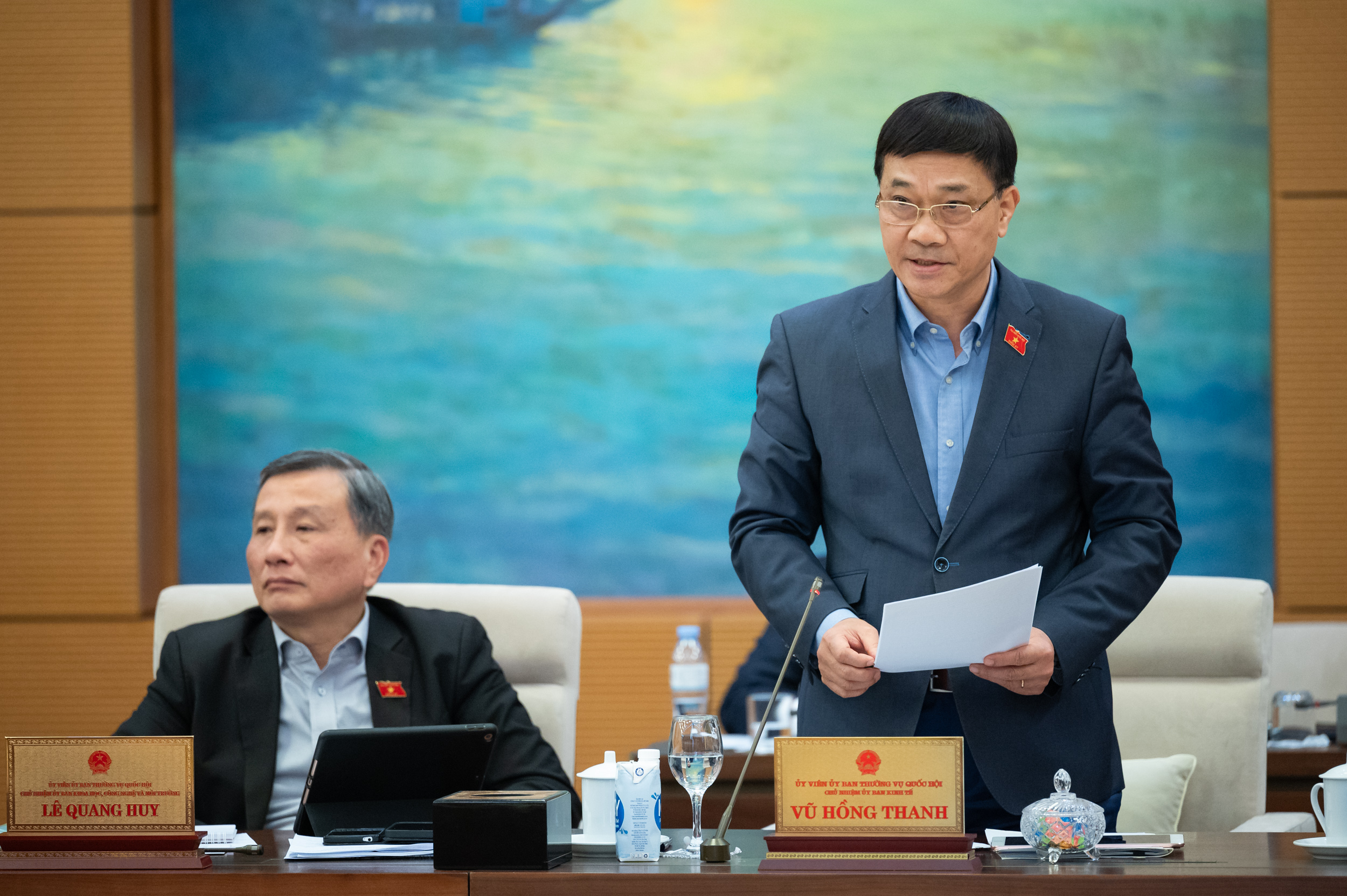
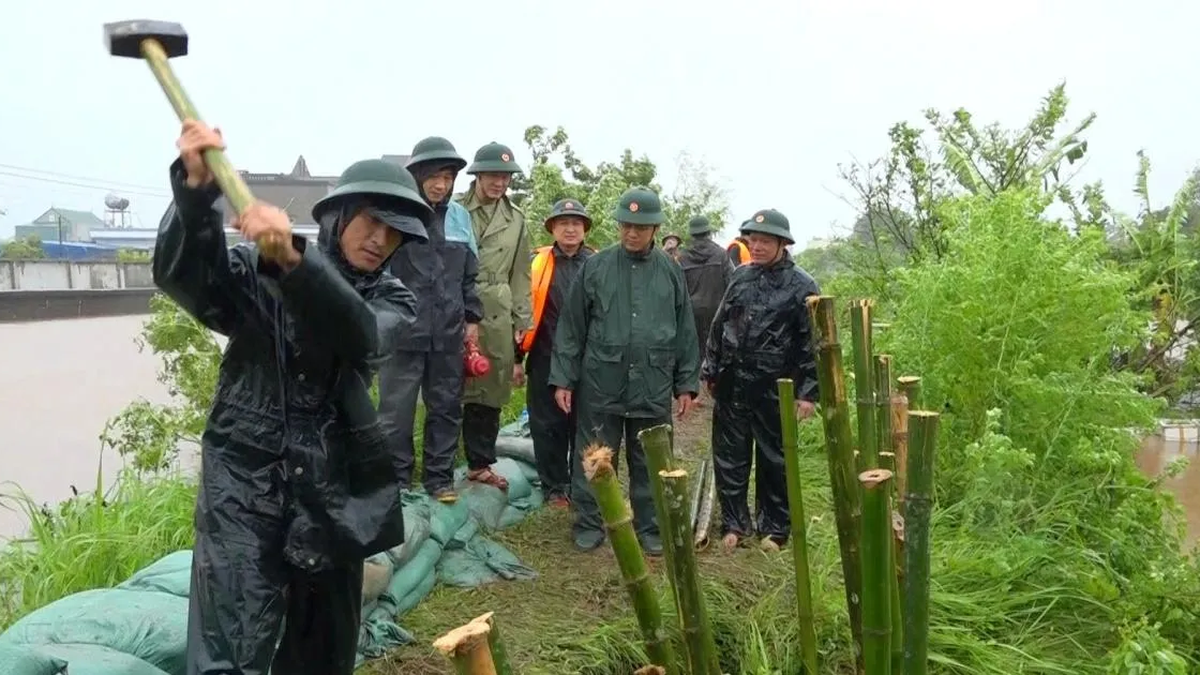



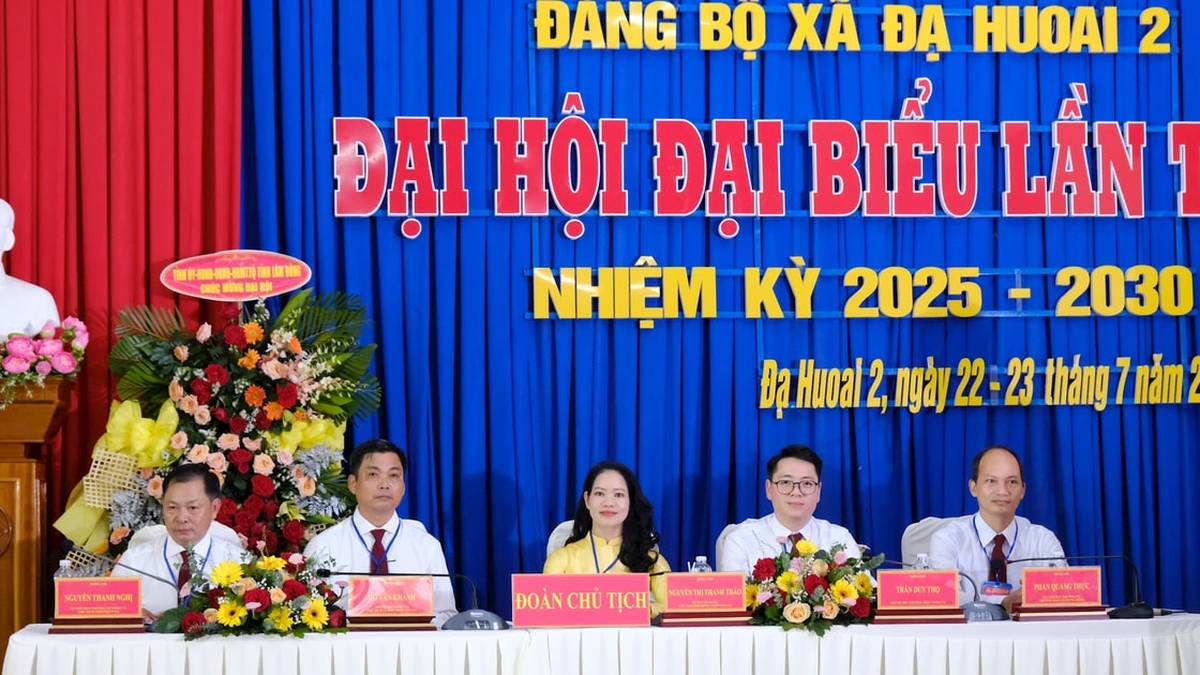



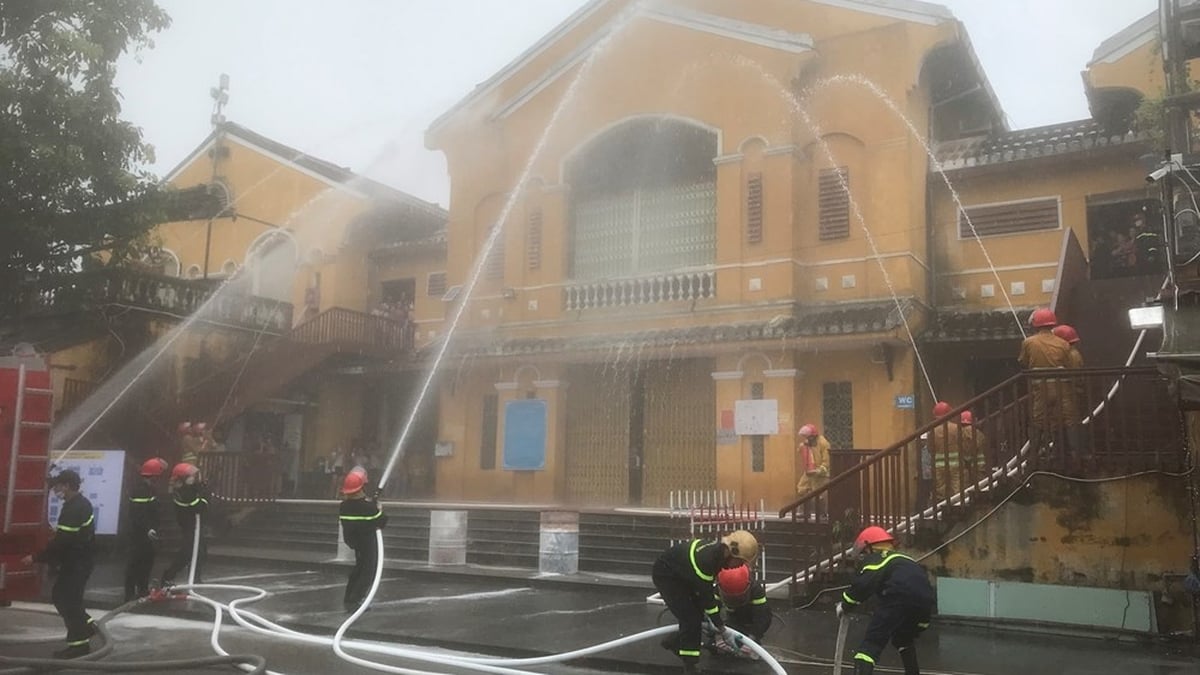
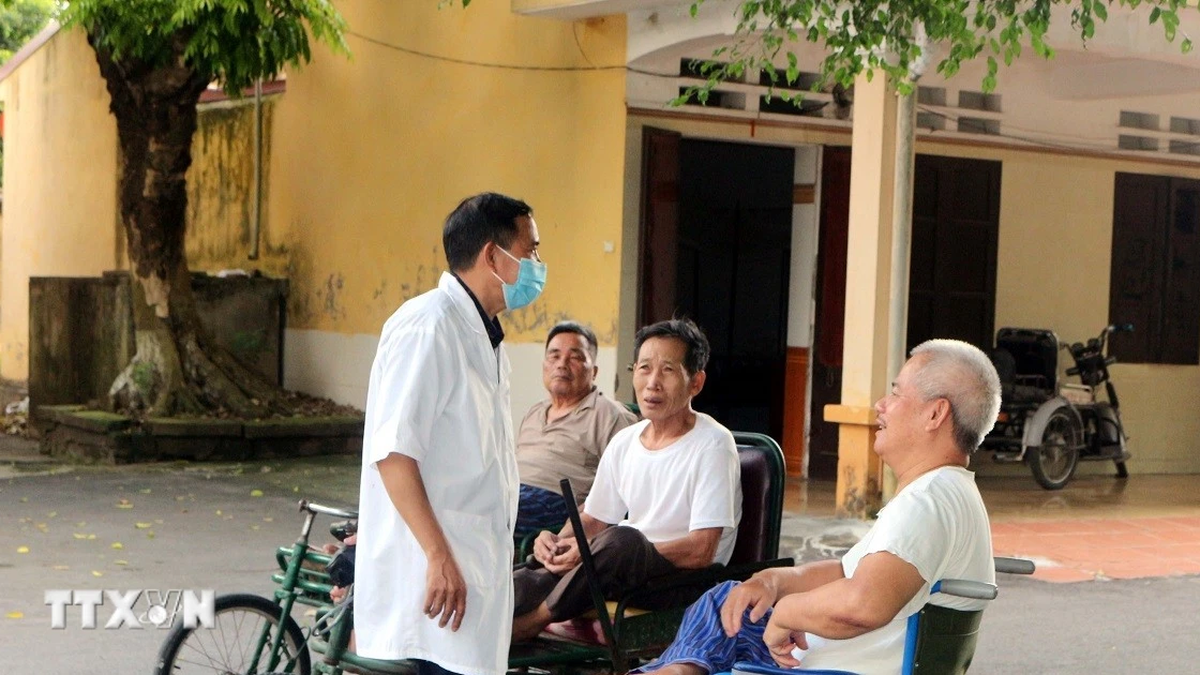

















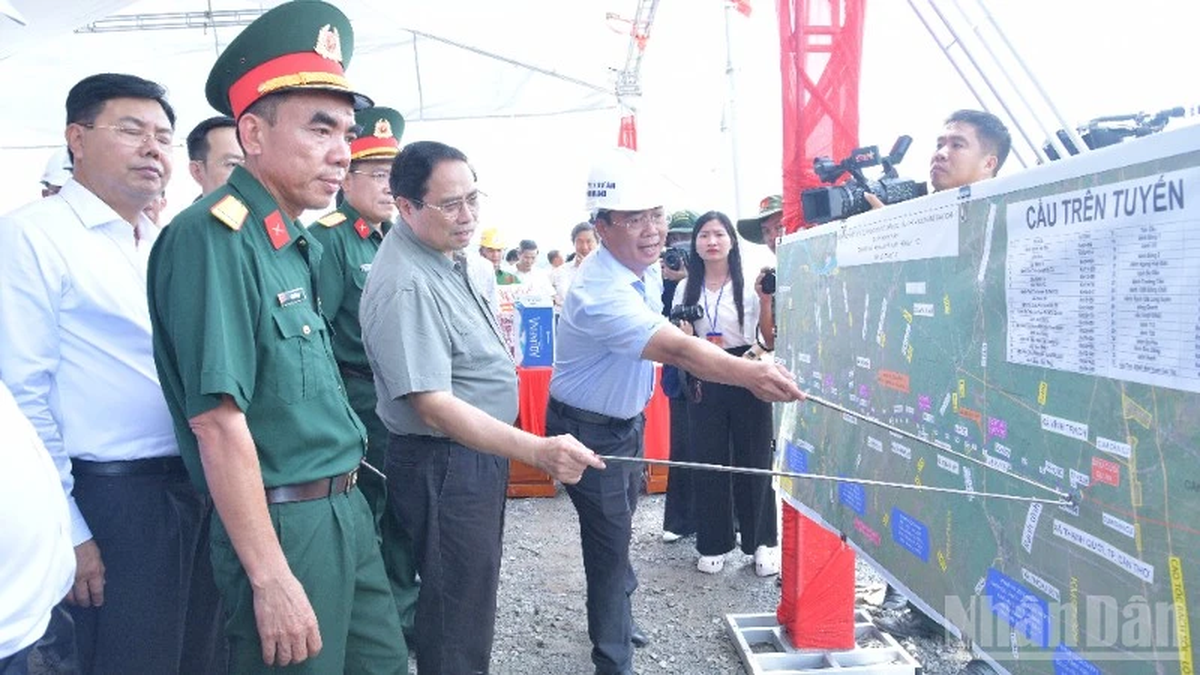




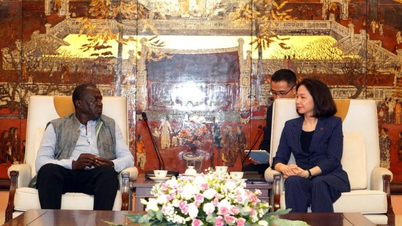



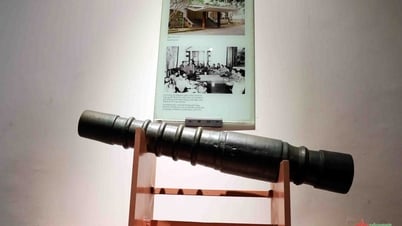











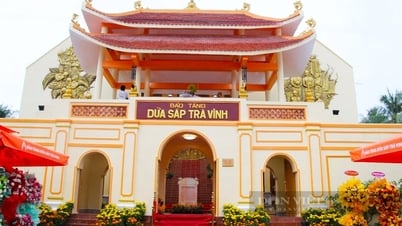




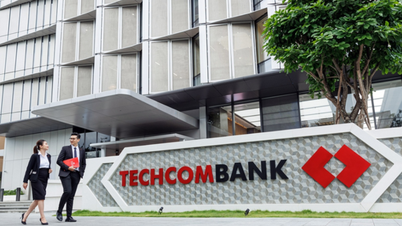



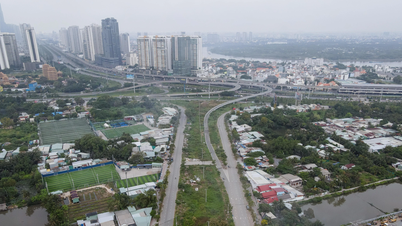









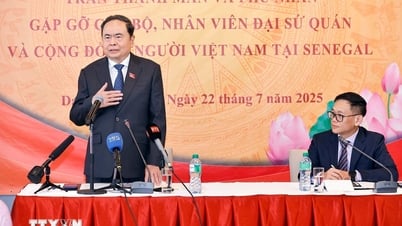
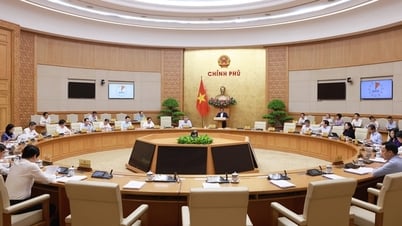



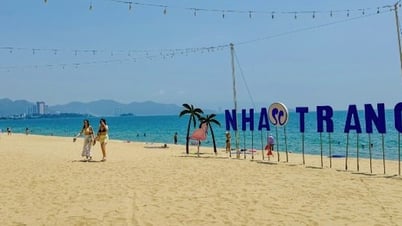























Comment (0)